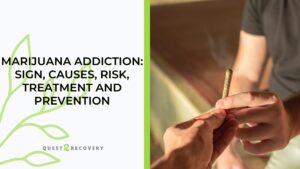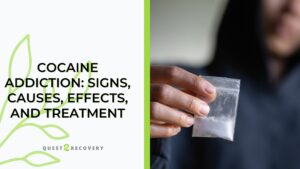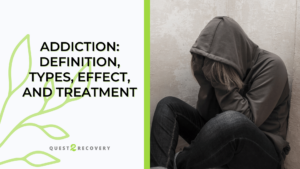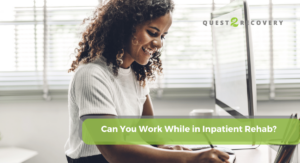According to the Centers for Disease Control, each day about 130 individuals in the U.S. suffer an opioid overdose death, including prescription pain medications and heroin. Overdosing on pills has been an ongoing problem for decades, especially after the introduction of drugs like OxyContin and Vicodin. Initially, the dangers associated with these opioids were not clearly understood, which only became crystalized in the past decade. Overdosing on pills or illicit drugs like heroin or fentanyl has doubled since 2010, with more than 72,000 deaths in 2017 alone.
While overdose deaths may result from the recreational misuse of opioids, a certain percentage of victims are overdosing on pills due to the powerfully addictive nature of the drugs, or by not heeding the warnings stated on the labels, especially regarding alcohol use. Combining alcohol and pills is an often lethal combination. When discussing how to prevent overdosing on pills, including opioids, benzodiazepines, or any prescription pills, understanding how alcohol impacts the effects of the drug is key.
How to Prevent Overdose
Accidental overdose kills thousands of people every year. In most cases, these fatal events can be avoided by following precautions. Some of the ways to prevent drug overdose include:
- Read medication labels carefully and heed them. This means to only take the drugs as prescribed and to not take with other drugs unless the doctor has prescribed certain safe combinations. Keep the packaging for future reference to the drug precautions.
- Refrain from drinking alcohol while using prescription drugs
- If you have a history of overdose or addiction, inform your doctor
- Take any unneeded drugs to the pharmacy for safe disposal. Do not stockpile
- Inform the doctor if you suffer from depression or anxiety
- Keep all prescription and over-the-counter drugs out of the reach of children
What Are the Signs of a Drug Overdose?
Prior to actual overdose there will be signs that someone has taken too many pills. The symptoms of excessive dosing include:
- Pinpoint pupils
- Nodding off, in and out of consciousness
- Scratching due to itchy sensation
- Muscles are slack
- Speech is slurred
Opiate (OxyContin, Vicodin, Norco, Demerol) and benzodiazepine (Valium, Ativan, Xanax) overdose symptoms include:
- Shallow breathing or no breathing
- Unresponsive
- Severe disorientation if conscious
- Snoring or gurgling sounds
- Vomiting
- Pulse is slow and erratic
- Skin is pale and clammy
- Blue finger tips or lips
What To Do in the Event of a Drug Overdose
If you suspect someone has overdosed on pills, it is imperative to take quick action. This constitutes a medical emergency so do not panic. Instead, take the following action:
- If the individual is not conscious and breathing is shallow or not present, the first thing to do is to firmly rub your knuckles over the sternum (chest bone) and shout their name. If they do not respond, immediately call 911.
- While awaiting the first responders, employ CPR (rescue breathing) on the person. This entails tilting the head of the individual back, lifting the chin, and pinching the nostrils. With your mouth over theirs, give two quick breaths and one long breath. Repeat every five seconds.
- When first responders arrive they will likely administer Naloxone to resuscitate the individual.
What is Naloxone?
The opioid reversal drug, naloxone (brand names Narcan and Evzio) has been instrumental in saving hundreds of lives. Police officers, paramedics, and fire fighters are increasingly trained and equipped with naloxone injectables or nasal sprays for a rapid reversal of respiratory failure. Naloxone is a safe and well-tolerated drug that may induce nausea, vomiting, sweating, or tremors. Compared to the alternative, certain death, these adverse effects are inconsequential.
Getting Treatment for Drug Addiction
Opioids and benzos can quickly lead to addiction. This is a problem that many individuals, who simply took the drugs as directed, have realized when attempting to discontinue using them. Due to highly unpleasant withdrawal symptoms, the hallmark sign of addiction or chemical dependency, the individual may choose to continue using the medication to avoid the painful experience of getting off the drug.
The best way to avoid accidental overdose is to seek treatment for addiction once it becomes evident that a problem has developed. The sooner one reaches out to get help the faster and easier it is to overcome an addiction to opioids or benzodiazepines.
DETOX
Initially, the individual will need to undergo the detox process, during which a drug-tapering schedule will help ease the individual off the drug safely. As withdrawal symptoms arise, the trained detox staff will intervene with various medications to ease pain and discomfort. Detox can take 7-14 days depending on the length of time using the medication and the usual dosing levels.
TREATMENT
After detox is completed, the client will begin to address the various behaviors and underlying psychological issues associated with the drug use and addiction. They may have acquired certain thought patterns that have resulted in reflexive drug use behaviors, such as “I can’t handle this stress,” “I won’t be able to handle the pain,” or “I cannot sleep without the drug.” Through cognitive behavioral therapy, this negative self-messaging is shifted towards positive and constructive self-messaging. In psychotherapy, the client will examine any unresolved emotional issues that may be contributing to the drug use. The therapist will guide the individual toward expressing emotions about the issue and toward healing.
Other aspects of treatment for drug addiction include learning how to cope better with stress or difficult emotions, how to communicate more productively, how to resolve conflicts better, and how to avoid relapse back to drug use.
Quest 2 Recovery Offers Comprehensive Addiction Treatment in Los Angeles
Quest 2 Recovery is a leader in the field of addiction recovery. Getting the individual into treatment is only the first step on a recovery continuum that will include medical detox, addiction treatment for making fundamental changes in behaviors, learning recovery skills to reinforce sobriety, and aftercare services such as outpatient rehab and sober living housing. For more information about our program, please connect with Quest 2 Recovery today at (888) 453-9396.

